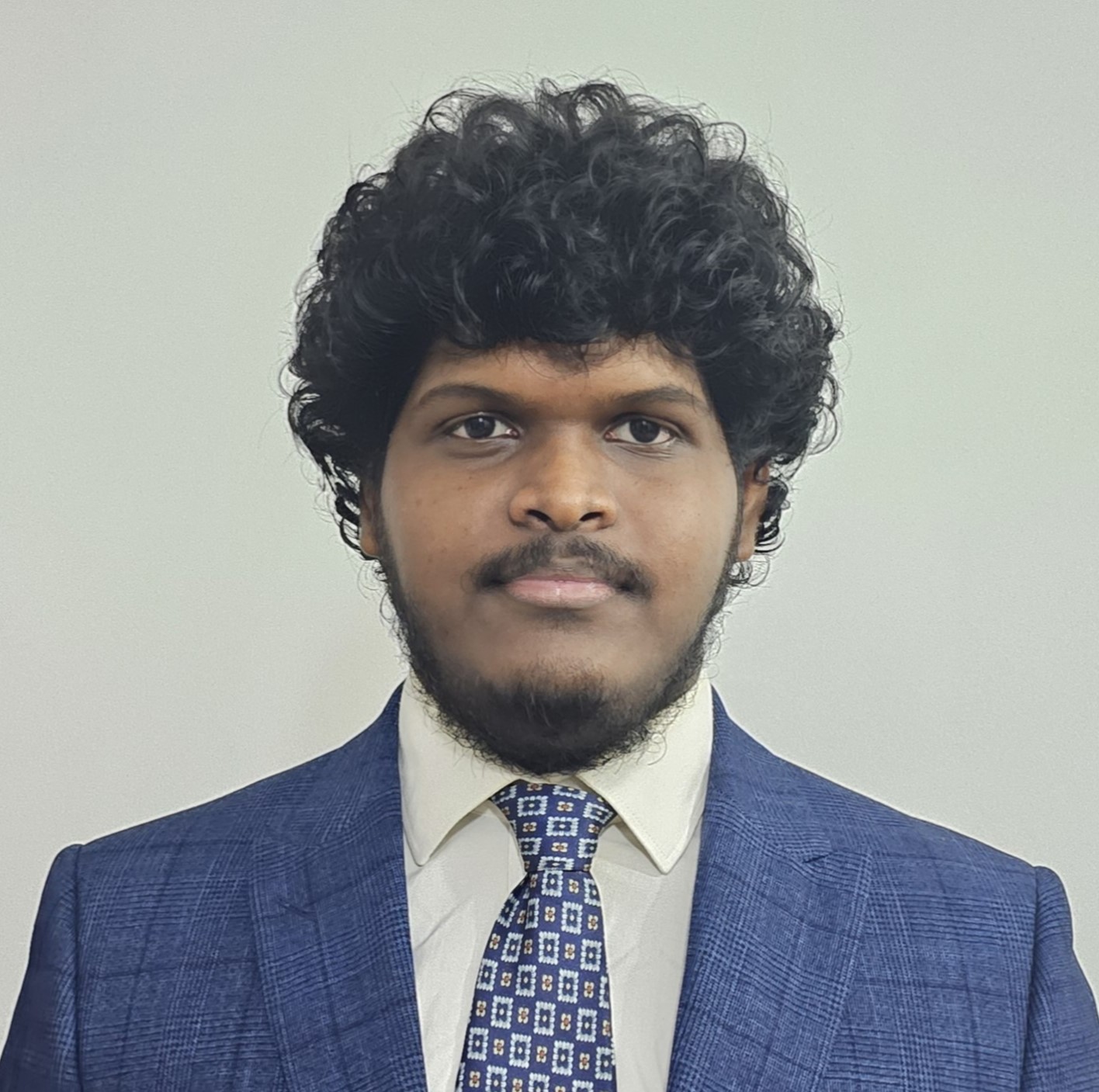
Neth Pehesara Botheju
Second-year Computer Science student at the University of Westminster.
CuraSync
Project Overview
Curasync is a collaborative group project developed as part of the second-year Software Development Group Project (SDGP) module. It is a comprehensive digital healthcare solution designed to seamlessly connect doctors, patients, pharmacies, and laboratories within a unified platform. Curasync aims to streamline communication between healthcare stakeholders, enhance the management of medical records, and simplify the sharing of prescriptions and laboratory reports. Our platform ensures a more efficient, secure, and connected healthcare experience for both patients and healthcare providers.
Our team consisted of five members, and I primarily contributed to the backend development and the visualization feature implementation.
Features
- Secure Communication
Curasync facilitates secure, real-time communication between the different roles within the healthcare ecosystem. - Interactive Medical History Timeline
We developed a unique timeline feature that visually presents a patient's complete medical history in a clear, chronological format. Both doctors and patients can access and interact with this timeline to view previous consultations, prescriptions, lab reports, and other critical health data. This promotes better decision-making and continuity of care. - Report Visualization and Explanation
Laboratory reports are often filled with complex medical terminology and data that can be difficult for patients to interpret. Our Visualization Feature addresses this by extracting and analyzing lab report data and providing simplified explanations.- The goal is not to predict or offer medical advice, but to explain the contents of the report in a way patients can easily understand.
- This enhances health literacy and empowers patients to take an active role in managing their health.
- Secure Development and Data Protection
Since we handle highly sensitive personal health information (PHI), we prioritized data security throughout the development process.- All patient data is fully encrypted during transmission and storage.
- We implemented robust authentication and authorization mechanisms to ensure data access is restricted to authorized users only.
- Our system adheres to best practices in secure software development to maintain confidentiality, integrity, and availability.
Technical Implementation
BackendThe backend of Curasync is built with Node.js and Express.js, providing a robust and scalable API. We use MongoDB Atlas to store structured medical data, while Cloudinary handles static file storage for documents like prescriptions and lab reports.
To ensure data security, sensitive information is encrypted using AES-256, protecting patient records at rest. Authentication and authorization are managed with JWT, incorporating both access and refresh tokens.
Redis is used to store and manage refresh tokens efficiently, enabling secure session management. The backend services are deployed and hosted on Render.com, which offers scalable infrastructure and continuous deployment for seamless operations.
Visualization FeatureThe visualization feature, developed in Python, simplifies lab reports for patients. Using Pytesseract (an OCR tool), we extract data from scanned lab reports. This data is then processed by a custom algorithm that filters and structures the information.
Finally, we integrate Google Gemini (Free Tier) to generate simplified, patient-friendly explanations of the reports. The goal is not to offer medical advice but to make complex medical information easier for patients to understand.